Ever wonder about the science behind a black hole?
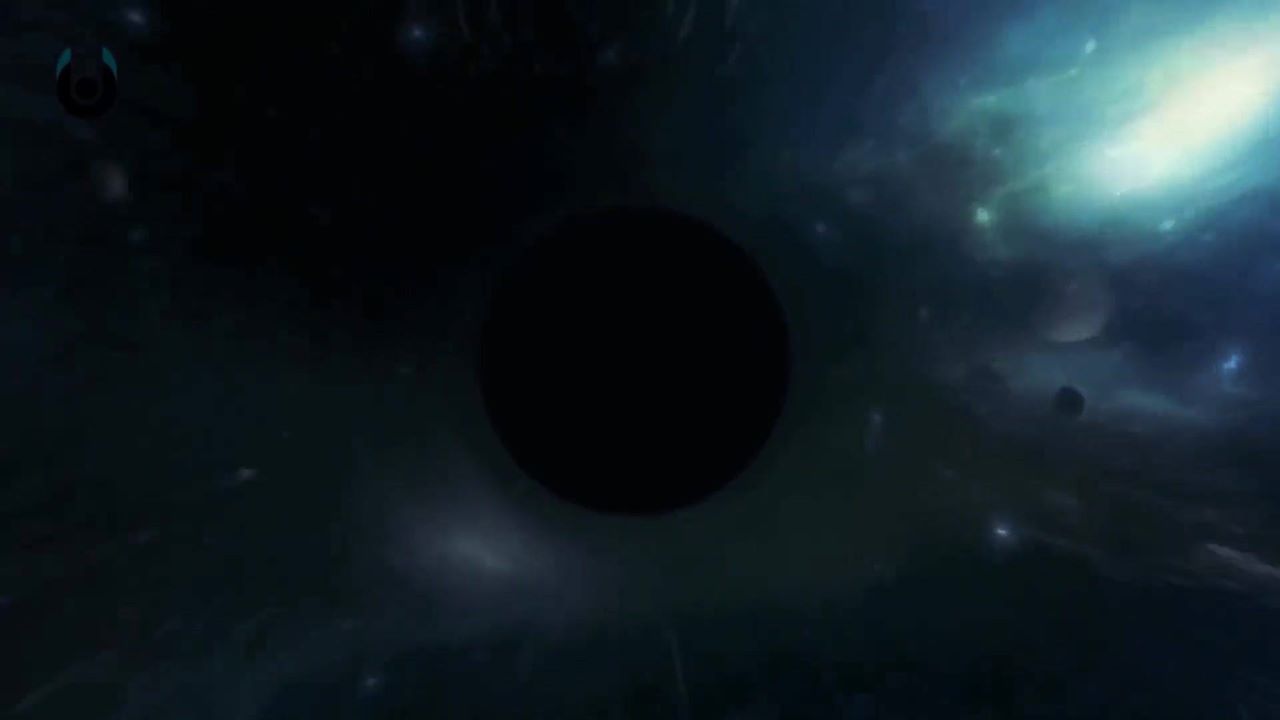

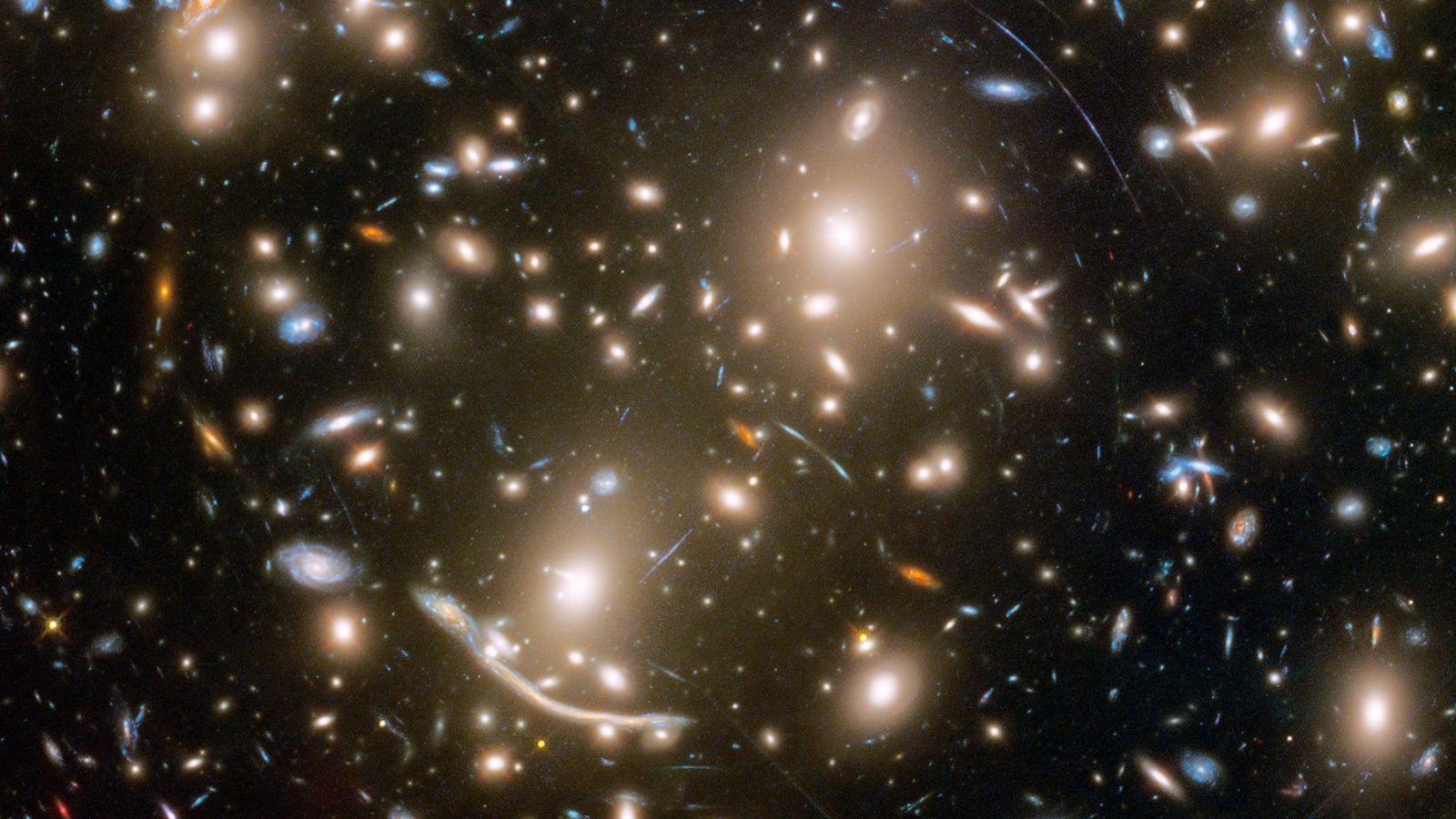
If you think we have problems now, just wait a few billion years, when the accelerating expansion of the Universe triggers an energy crisis of cosmological proportions. Sounds grim, but as a new paper points out, an advanced civilization faced with doom won’t have to go gently into that good night—there may very well be a way to rage against the dying of the light.
Owing to the inexorable influence of dark energy, the space in our Universe is expanding at an accelerating rate. We don’t need to worry about this right now, but for those civilizations still around tens of billions of years from now, it’ll probably be a major headache. By this stage, galaxies outside of our Local Group—a conglomeration of about 54 nearby galaxies—will be moving away from us faster than their light can reach us, making them completely inobservable, and by consequence, utterly inaccessible.
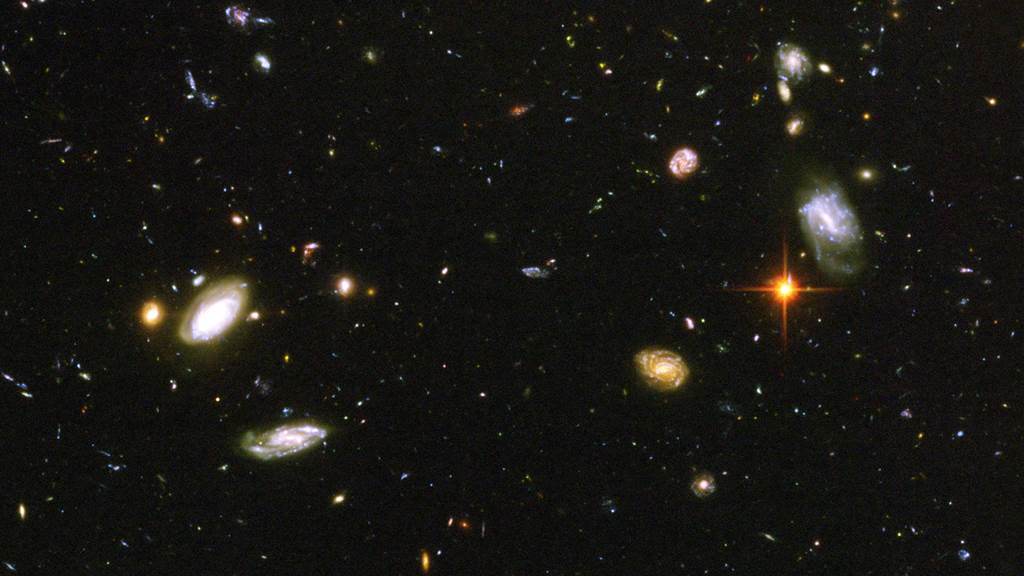
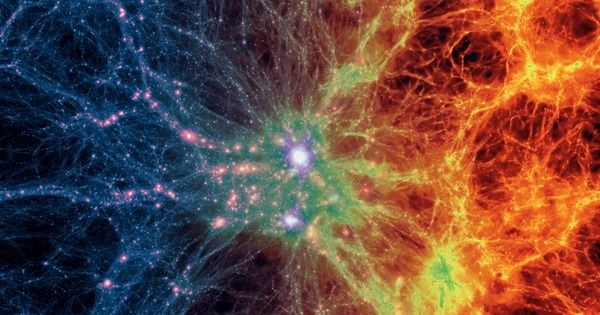

Our Solar System is a pretty calm place these days, all things considered, but that wasn’t always the case. In the period when the planets were still forming, collisions between various large bodies were common, and they ultimately helped shape the system that we see today. New research shows that Uranus, a chilly, hostile planet with a number of peculiar features, was the victim of a devastating impact during those early years, and it might explain some of the planet’s strange personality.
Uranus moves much differently than the other planets in our Solar System, spinning on its side in comparison to the rest of the worlds in our neighborhood. Astronomers have often wondered just how this happened, but simulations performed by scientists at Durham University’s Institute for Computational Cosmology might have finally produced the answer.
Don’t Miss : I completely stopped using my AirPods until I found this $9 accessory.
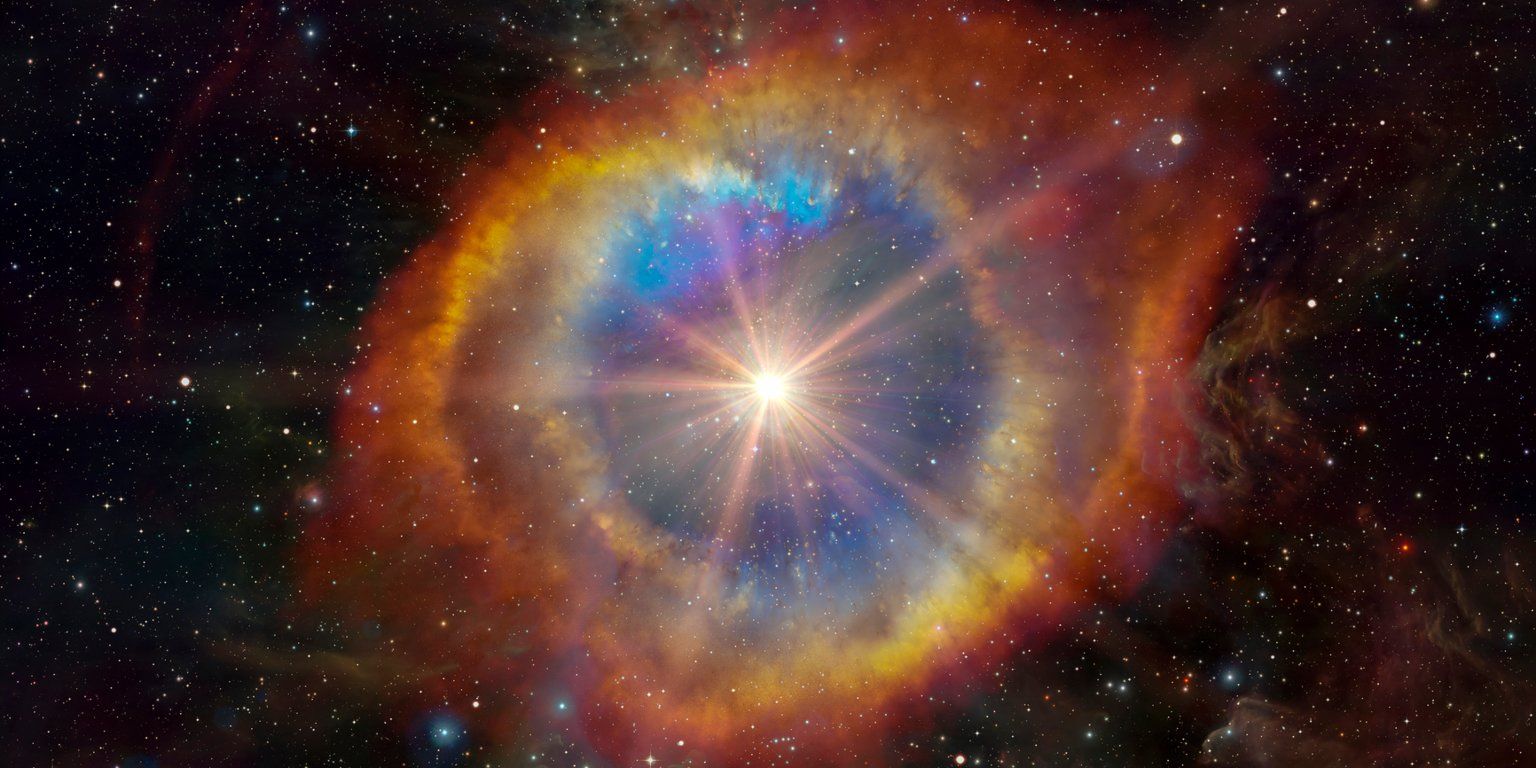
The flash was about ten times brighter than a normal supernova.
Two telescopes that are part of the ATLAS project in Hawaii have discovered an unnaturally bright explosion in the sky.
The discovery, made in mid-June, was published in Astronomer’s Telegram, where the object was assigned the name AT2018cow or “The Cow” for short.
Astronomers all over the world quickly got wind of the discovery and focused their telescopes onto the area in which the object was discovered. So far, at least 24 telescopes have examined the object more closely — and yet it’s still not clear what the explosion was caused by.

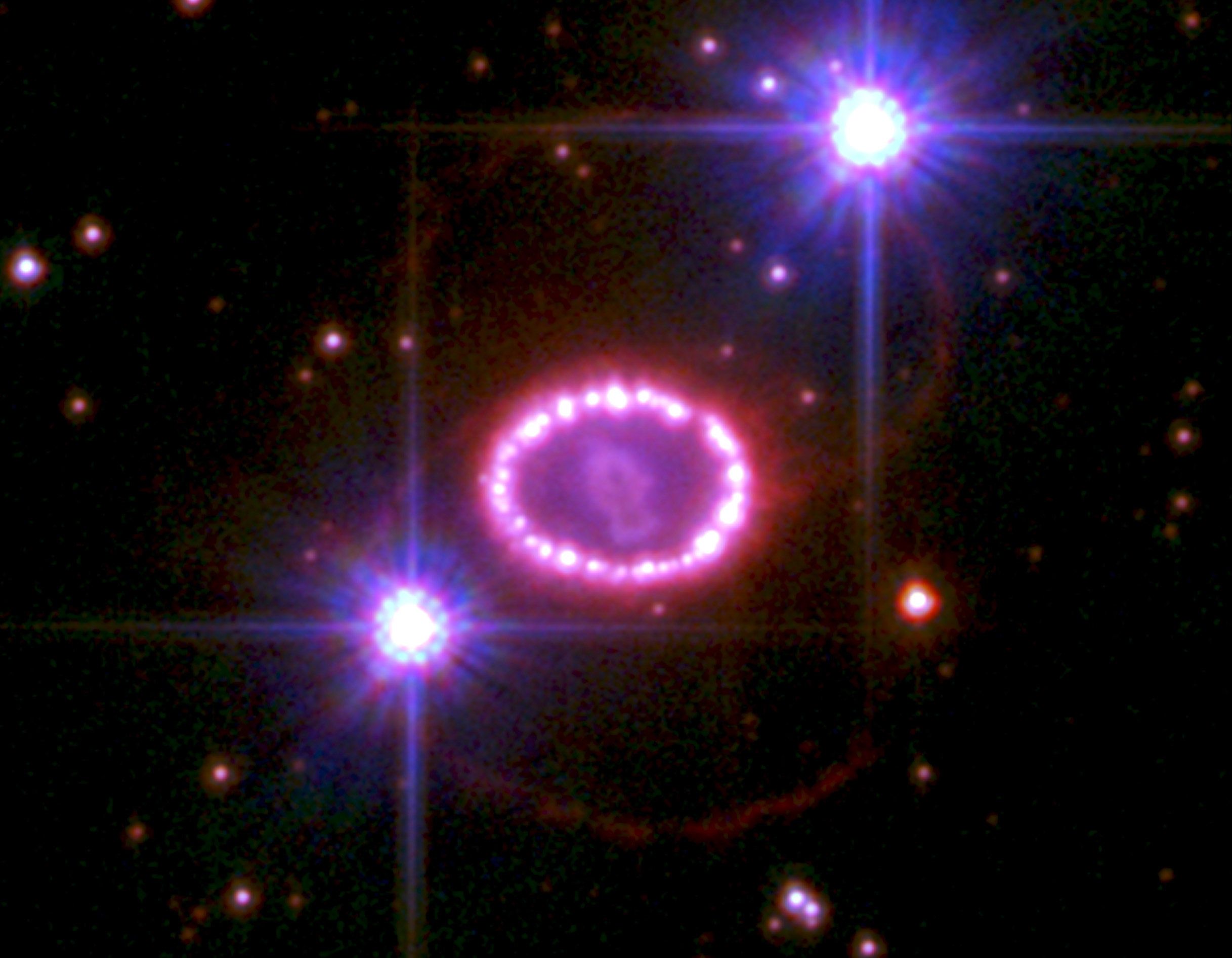
For the first time, astronomers have directly observed the magnetism in one of astronomy’s most studied objects: the remains of Supernova 1987A (SN 1987A), a dying star that appeared in our skies over thirty years ago.
In addition to being an impressive observational achievement, the detection provides insight into the early stages of the evolution of supernova remnants and the cosmic magnetism within them.
“The magnetism we’ve detected is around 50,000 times weaker than a fridge magnet,” says Prof. Bryan Gaensler. “And we’ve been able to measure this from a distance of around 1.6 million trillion kilometres.”
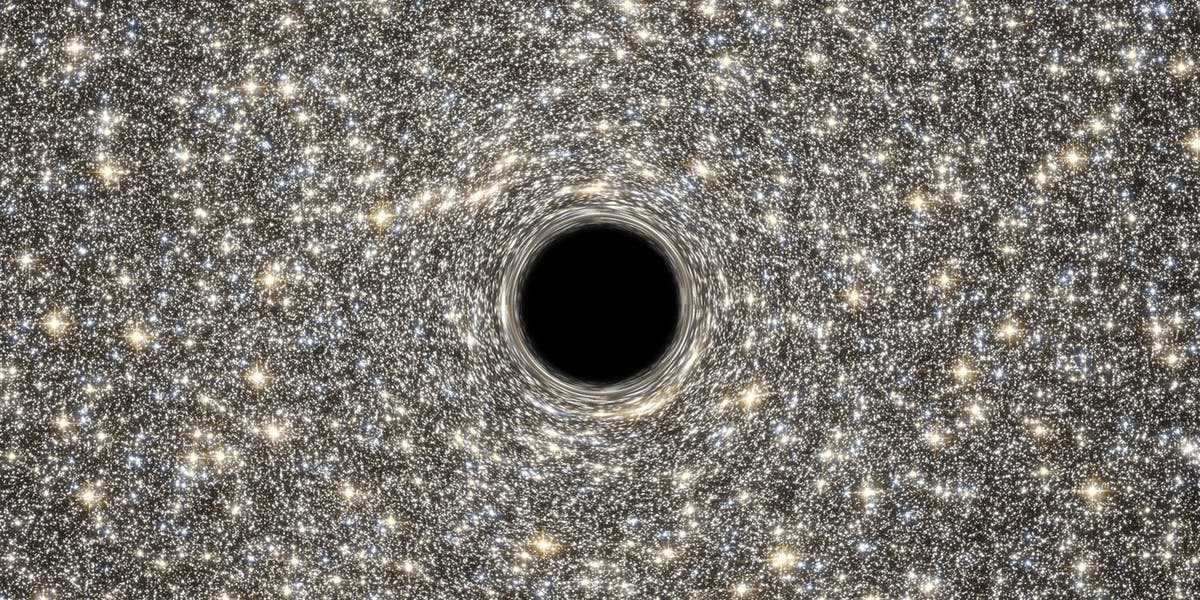
For something that supposedly takes up 80 percent of the total mass of the universe, we don’t know a whole lot about dark matter. Sometimes the lightless stuff reveals hints about its shape; other times it completely thwarts any evidence supporting its existence. Since we can’t observe it first-hand, we rely on indirect means to suss out information about it, like watching the interactions between other forms of matter. Now, scientists have developed a new “test” to make those investigations more definitive, leading us closer to answering the question: Is dark matter even real? And if it’s not, then is everything we know about gravity wrong?
In a study, published Monday in Physical Review Letters, a team of scientists from the University of Bonn that also includes Hubble Fellow Marcel S. Pawlowski, Ph.D. of the University of California, Irvine, introduce a computer model that can simulate how certain small galaxies should move if dark matter exists. Though dark matter does not absorb or emit light, it still interacts with visible matter through gravity, so it’s expected to make the stars around galaxies move in specific ways.
Pawlowski explains to Inverse in an email that within the little galaxies in question — satellite “dwarf” galaxies, crowding around the edges of big galaxies like the Milky Way — the acceleration of stars speeding around the galaxy’s center is described by a term called the radial acceleration relation, or RAR. “With the new study, we simulate such dwarf galaxies under the assumption of the ‘standard’ dark matter model, [to] determine what kind of behavior would be expected for the dwarfs,” he says. “We find that the simulated dwarf galaxies largely continue the RAR to lower accelerations.” Now that they know how those dwarf galaxies are supposed to move if dark matter exists, they can compare the simulations to real-life data on the movement of those galaxies.
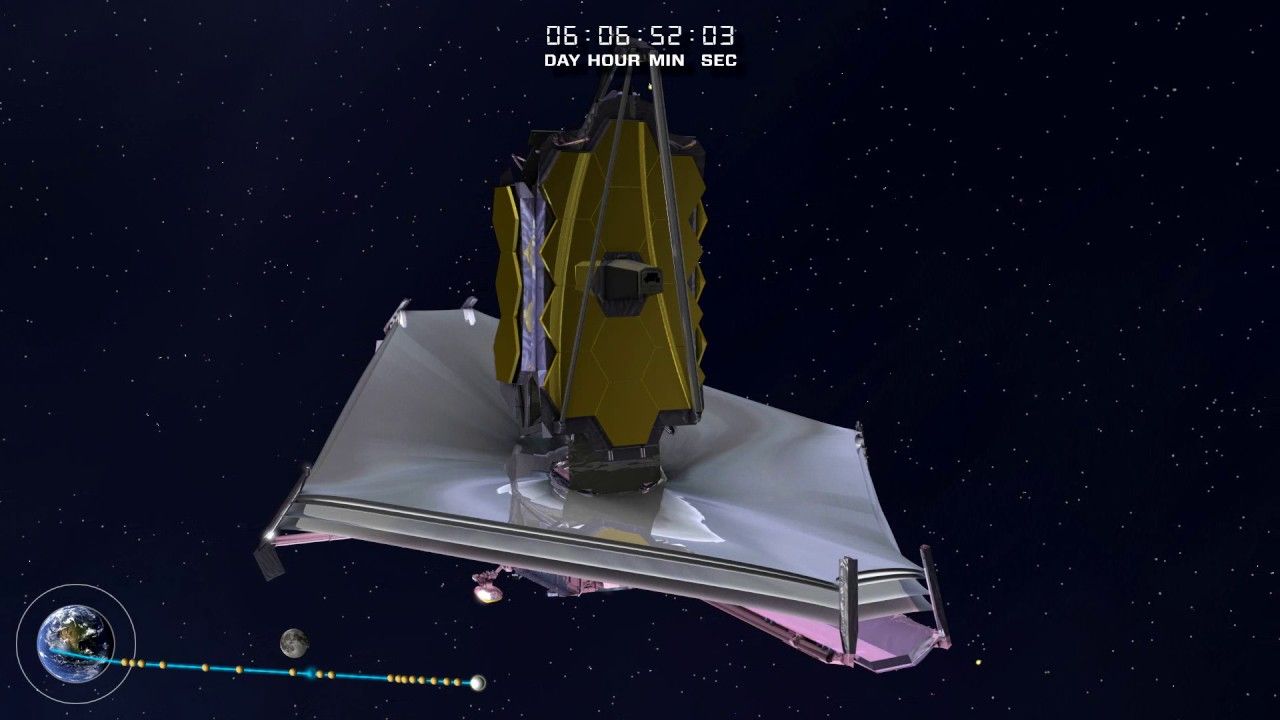
The NASA James Webb telescope could prove to be the biggest leap forward to humankind’s exploration into deep space.
The Webb telescope will give us the ability to investigate the cosmos, unlocking secrets from the beginning of the Big Bang to how galaxies are formed and beyond, bringing us light years ahead of our current understanding of planetary evolution.
What is the james webb telescope?